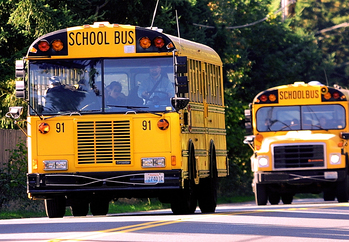|
Friends and Neighbors, The biggest issue facing the Legislature this year is addressing the 30-year-old problem of how we fund our schools. Our constitution is crystal clear that providing ample funding for schools is the state’s “paramount duty” and now after 30 years, we have an opportunity to deliver on that promise. This is a complex issue that will require many tough decisions on all sides. Please take the time read my explanation of how we got here and the Senate’s plan to unravel 30 years of bad decisions. It’s important that we have a thoughtful debate of the options if we’re going to reach a result that is good for children and taxpayers. Yours in service,
Education Equality Act: Fully Funding Schools and Improving Student Outcomes
How did we get here? More than 30 years ago, the state began to allow local school districts to fund more and more of school budgets through local levies, which helped the state to avoid its education responsibilities and spend its money elsewhere. Over the course of the past 30 years, the rest of the state budget increased by more than two to one over the education budget. In 2013, the Majority Coalition Caucus took the lead in the Senate and turned the problem around. New budget dollars went toward education over all other programs at a rate of three dollars to one, totaling $4.6 billion of increased education funding. Now, we must make sure we meet our constitutional obligation for every student by addressing the levy problem. What’s the deal with levies?
What does the Senate plan do? This year the Majority Coalition Caucus delivered and passed a plan to change the way education is funded. Here’s the broad strokes of what it does:
What does that mean for my school district? Here’s what it does for schools in the 17th Legislative District:
What do you think? Tell me if you think this will be good for our schools by sending me an email to Lynda.Wilson@leg.wa.gov. This is a sweeping change to the way we fund schools, so I need to know your feedback as we make adjustments and debate our options. If you want more information about the details of the plan, please click here to view all the documents. I also have links to this information available on my website. |
E-NEWSLETTER: Where do education dollars come from and where do they go?
February 10, 2017















